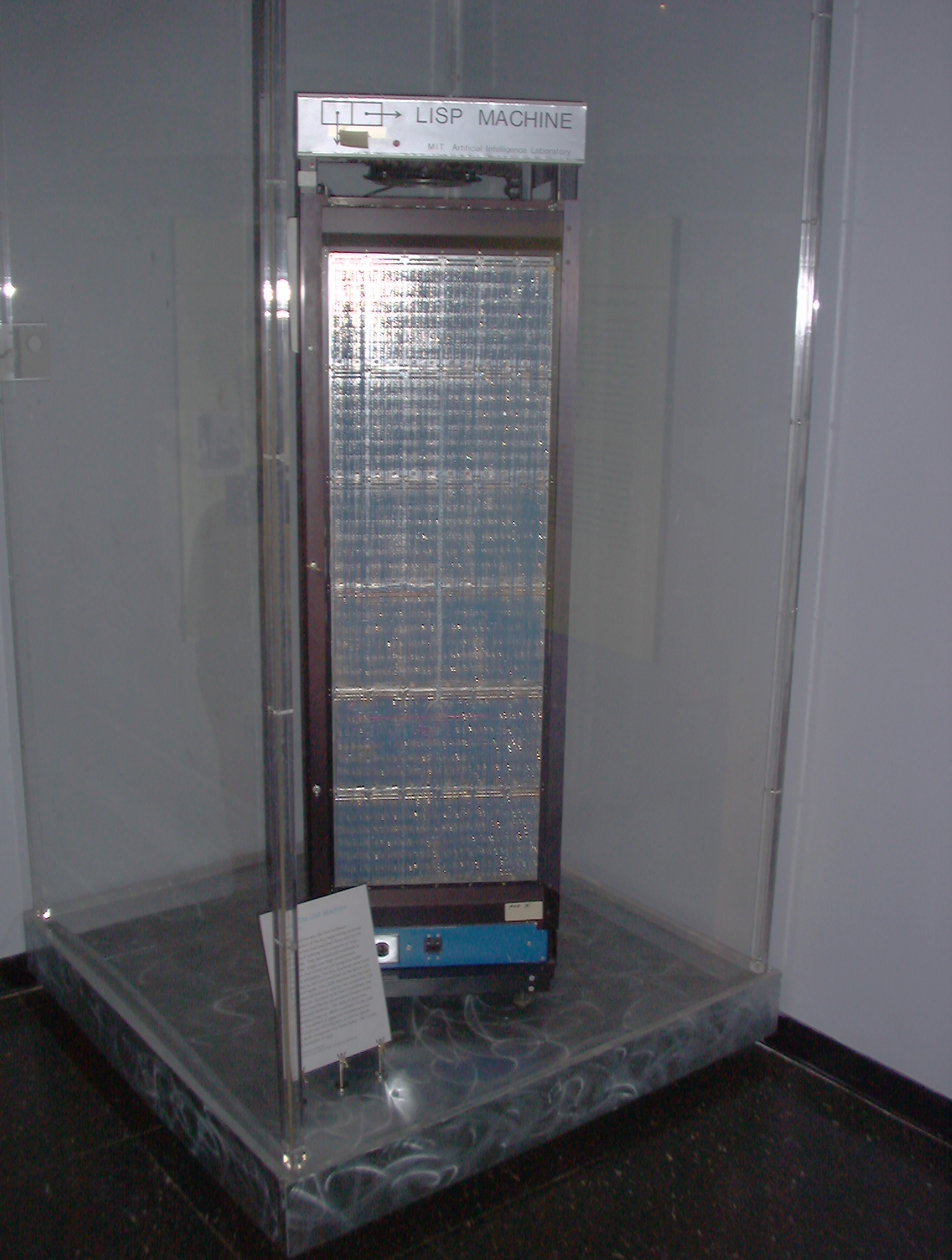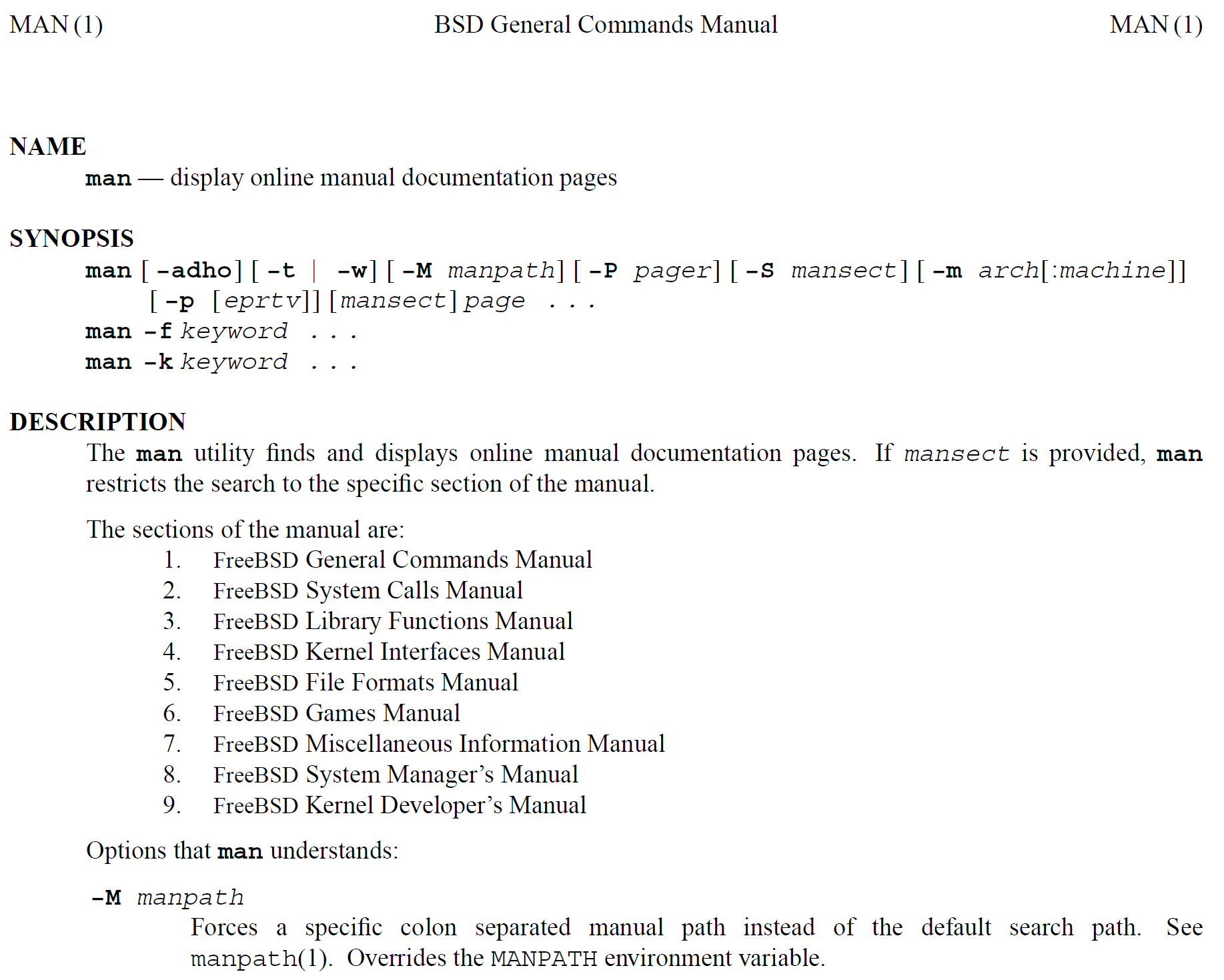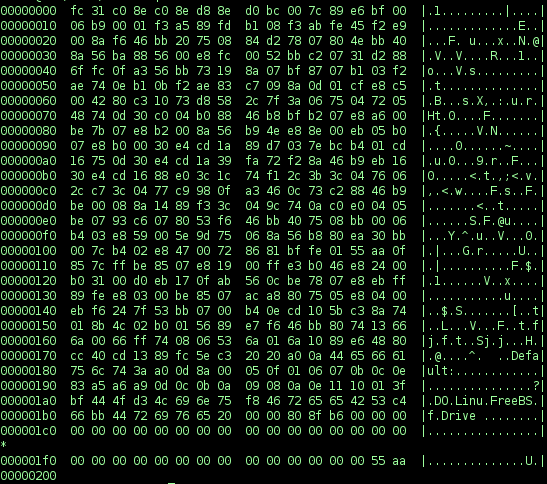|
Canterbury Corpus
The Canterbury corpus is a collection of files intended for use as a benchmark for testing lossless data compression algorithms. It was created in 1997 at the University of Canterbury, New Zealand and designed to replace the Calgary corpus. The files were selected based on their ability to provide representative performance results. Contents In its most commonly used form, the corpus consists of 11 files, selected as "average" documents from 11 classes of documents, totaling 2,810,784 bytes as follows. The University of Canterbury also offers the following corpora. Additional files may be added, so results should be only reported for individual files. * The Artificial Corpus, a set of files with highly "artificial" data designed to evoke pathological or worst-case behavior. Last updated 2000 (tar timestamp). * The Large Corpus, a set of large (megabyte-size) files. Contains an ''E. coli'' genome, a King James bible, and the CIA world fact book. Last updated 1997 (tar timest ... [...More Info...] [...Related Items...] OR: [Wikipedia] [Google] [Baidu] |
Computer File
A computer file is a System resource, resource for recording Data (computing), data on a Computer data storage, computer storage device, primarily identified by its filename. Just as words can be written on paper, so too can data be written to a computer file. Files can be shared with and transferred between computers and Mobile device, mobile devices via removable media, Computer networks, networks, or the Internet. Different File format, types of computer files are designed for different purposes. A file may be designed to store a written message, a document, a spreadsheet, an Digital image, image, a Digital video, video, a computer program, program, or any wide variety of other kinds of data. Certain files can store multiple data types at once. By using computer programs, a person can open, read, change, save, and close a computer file. Computer files may be reopened, modified, and file copying, copied an arbitrary number of times. Files are typically organized in a file syst ... [...More Info...] [...Related Items...] OR: [Wikipedia] [Google] [Baidu] |
LISP
Lisp (historically LISP, an abbreviation of "list processing") is a family of programming languages with a long history and a distinctive, fully parenthesized Polish notation#Explanation, prefix notation. Originally specified in the late 1950s, it is the second-oldest high-level programming language still in common use, after Fortran. Lisp has changed since its early days, and many Programming language dialect, dialects have existed over its history. Today, the best-known general-purpose Lisp dialects are Common Lisp, Scheme (programming language), Scheme, Racket (programming language), Racket, and Clojure. Lisp was originally created as a practical mathematical notation for computer programs, influenced by (though not originally derived from) the notation of Alonzo Church's lambda calculus. It quickly became a favored programming language for artificial intelligence (AI) research. As one of the earliest programming languages, Lisp pioneered many ideas in computer science, includ ... [...More Info...] [...Related Items...] OR: [Wikipedia] [Google] [Baidu] |
Manual Page
A man page (short for manual page) is a form of software documentation found on Unix and Unix-like operating systems. Topics covered include programs, system libraries, system calls, and sometimes local system details. The local host administrators can create and install manual pages associated with the specific host. A manual end user may invoke a documentation page by issuing the man Command (computing), command followed by the name of the item for which they want the documentation. These manual pages are typically requested by end users, programmers and administrators doing real time work but can also be formatted for printing. By default, man typically uses a formatting program such as nroff with a macro package or mandoc, and also a terminal pager program such as more (command), more or less (Unix), less to display its output on the user's screen. Man pages are often referred to as an ''online'' form of software documentation, even though the man command does not require ... [...More Info...] [...Related Items...] OR: [Wikipedia] [Google] [Baidu] |
Xargs
xargs (short for "extended arguments") is a command on Unix and most Unix-like operating systems used to build and execute commands from standard input. It converts input from standard input into arguments to a command. Some commands such as grep and awk can take input either as command-line arguments or from the standard input. However, others such as cp and echo can only take input as arguments, which is why xargs is necessary. A port of an older version of GNU is available for Microsoft Windows as part of the UnxUtils collection of native Win32 ports of common GNU Unix-like utilities. A ground-up rewrite named is part of the open-source TextTools project. The command has also been ported to the IBM i operating system. Examples One use case of the xargs command is to remove a list of files using the rm command. POSIX systems have an for the maximum total length of the command line, so the command may fail with an error message of "Argument list too long" (meaning that t ... [...More Info...] [...Related Items...] OR: [Wikipedia] [Google] [Baidu] |
Executable
In computer science, executable code, an executable file, or an executable program, sometimes simply referred to as an executable or binary, causes a computer "to perform indicated tasks according to encoded instruction (computer science), instructions", as opposed to a data (computing), data file that must be interpreted (parser, parsed) by an interpreter (computing), interpreter to be functional. The exact interpretation depends upon the use. "Instructions" is traditionally taken to mean machine code instructions for a physical central processing unit, CPU. In some contexts, a file containing scripting instructions (such as bytecode) may also be considered executable. Generation of executable files Executable files can be hand-coded in machine language, although it is far more convenient to develop software as source code in a high-level language that can be easily understood by humans. In some cases, source code might be specified in assembly language instead, which rema ... [...More Info...] [...Related Items...] OR: [Wikipedia] [Google] [Baidu] |
CCITT
The International Telecommunication Union Telecommunication Standardization Sector (ITU-T) is one of the three Sectors (branches) of the International Telecommunication Union (ITU). It is responsible for coordinating standards for telecommunications and Information Communication Technology, such as X.509 for cybersecurity, Y.3172 and Y.3173 for machine learning, and H.264/MPEG-4 AVC for video compression, between its Member States, Private Sector Members, and Academia Members. The World Telecommunication Standardization Assembly (WTSA), the sector's governing conference, convenes every four years. ITU-T has a permanent secretariat called the Telecommunication Standardization Bureau (TSB), which is based at the ITU headquarters in Geneva, Switzerland. The current director of the TSB is Seizo Onoe (of Japan), whose 4-year term commenced on 1 January 2023. Seizo Onoe succeeded Chaesub Lee of South Korea, who was director from 1 January 2015 until 31 December 2022. Prima ... [...More Info...] [...Related Items...] OR: [Wikipedia] [Google] [Baidu] |
Paradise Lost
''Paradise Lost'' is an Epic poetry, epic poem in blank verse by the English poet John Milton (1608–1674). The poem concerns the Bible, biblical story of the fall of man: the temptation of Adam and Eve by the fallen angel Satan and their expulsion from the Garden of Eden. The first version, published in 1667, consists of ten books with over ten thousand lines of Verse (poetry), verse. A second edition followed in 1674, arranged into twelve books (in the manner of Virgil's ''Aeneid'') with minor revisions throughout. It is considered to be Milton's masterpiece, and it helped solidify his reputation as one of the greatest English poets of all time. At the heart of ''Paradise Lost'' are the themes of free will and the moral consequences of disobedience. Milton seeks to "justify the ways of God to men," addressing questions of predestination, human agency, and the nature of good and evil. The poem begins in medias res, with Satan and his fallen angels cast into Hell after their ... [...More Info...] [...Related Items...] OR: [Wikipedia] [Google] [Baidu] |
Poetry
Poetry (from the Greek language, Greek word ''poiesis'', "making") is a form of literature, literary art that uses aesthetics, aesthetic and often rhythmic qualities of language to evoke meaning (linguistics), meanings in addition to, or in place of, Denotation, literal or surface-level meanings. Any particular instance of poetry is called a poem and is written by a poet. Poets use a variety of techniques called poetic devices, such as assonance, alliteration, Phonaesthetics#Euphony and cacophony, euphony and cacophony, onomatopoeia, rhythm (via metre (poetry), metre), and sound symbolism, to produce musical or other artistic effects. They also frequently organize these effects into :Poetic forms, poetic structures, which may be strict or loose, conventional or invented by the poet. Poetic structures vary dramatically by language and cultural convention, but they often use Metre (poetry), rhythmic metre (patterns of syllable stress or syllable weight, syllable (mora) weight ... [...More Info...] [...Related Items...] OR: [Wikipedia] [Google] [Baidu] |
Technical Writing
Technical writing is a specialized form of communication used by many of today's industrial and scientific organizations to clearly and accurately convey complex information to a user. An organization's customers, employees, assembly workers, engineers, and scientists are some of the most common users who reference this form of content to complete a task or research a subject. Most technical writing relies on simplified grammar, supported by easy-to-understand visual communication to clearly and accurately explain complex information. Technical writing is a labor-intensive form of writing that demands accurate research of a subject and the conversion of the collected information into a written format, style, and reading level the end-user will easily understand or connect with. There are two main forms of technical writing. By far, the most common form of technical writing is procedural documentation written for the general public (e.g., standardized step-by-step guides and standard ... [...More Info...] [...Related Items...] OR: [Wikipedia] [Google] [Baidu] |
C (programming Language)
C (''pronounced'' '' – like the letter c'') is a general-purpose programming language. It was created in the 1970s by Dennis Ritchie and remains very widely used and influential. By design, C's features cleanly reflect the capabilities of the targeted Central processing unit, CPUs. It has found lasting use in operating systems code (especially in Kernel (operating system), kernels), device drivers, and protocol stacks, but its use in application software has been decreasing. C is commonly used on computer architectures that range from the largest supercomputers to the smallest microcontrollers and embedded systems. A successor to the programming language B (programming language), B, C was originally developed at Bell Labs by Ritchie between 1972 and 1973 to construct utilities running on Unix. It was applied to re-implementing the kernel of the Unix operating system. During the 1980s, C gradually gained popularity. It has become one of the most widely used programming langu ... [...More Info...] [...Related Items...] OR: [Wikipedia] [Google] [Baidu] |
Lossless Data Compression
Lossless compression is a class of data compression that allows the original data to be perfectly reconstructed from the compressed data with no loss of information. Lossless compression is possible because most real-world data exhibits Redundancy (information theory), statistical redundancy. By contrast, lossy compression permits reconstruction only of an approximation of the original data, though usually with greatly improved Bit rate#Bitrates in multimedia, compression rates (and therefore reduced media sizes). By operation of the pigeonhole principle, no lossless compression algorithm can shrink the size of all possible data: Some data will get longer by at least one symbol or bit. Compression algorithms are usually effective for human- and machine-readable documents and cannot shrink the size of random data that contain no Redundancy (information theory), redundancy. Different algorithms exist that are designed either with a specific type of input data in mind or with speci ... [...More Info...] [...Related Items...] OR: [Wikipedia] [Google] [Baidu] |
HTML
Hypertext Markup Language (HTML) is the standard markup language for documents designed to be displayed in a web browser. It defines the content and structure of web content. It is often assisted by technologies such as Cascading Style Sheets (CSS) and scripting languages such as JavaScript, a programming language. Web browsers receive HTML documents from a web server or from local storage and browser engine, render the documents into multimedia web pages. HTML describes the structure of a web page Semantic Web, semantically and originally included cues for its appearance. HTML elements are the building blocks of HTML pages. With HTML constructs, HTML element#Images and objects, images and other objects such as Fieldset, interactive forms may be embedded into the rendered page. HTML provides a means to create structured documents by denoting structural semantics for text such as headings, paragraphs, lists, Hyperlink, links, quotes, and other items. HTML elements are delineated ... [...More Info...] [...Related Items...] OR: [Wikipedia] [Google] [Baidu] |







